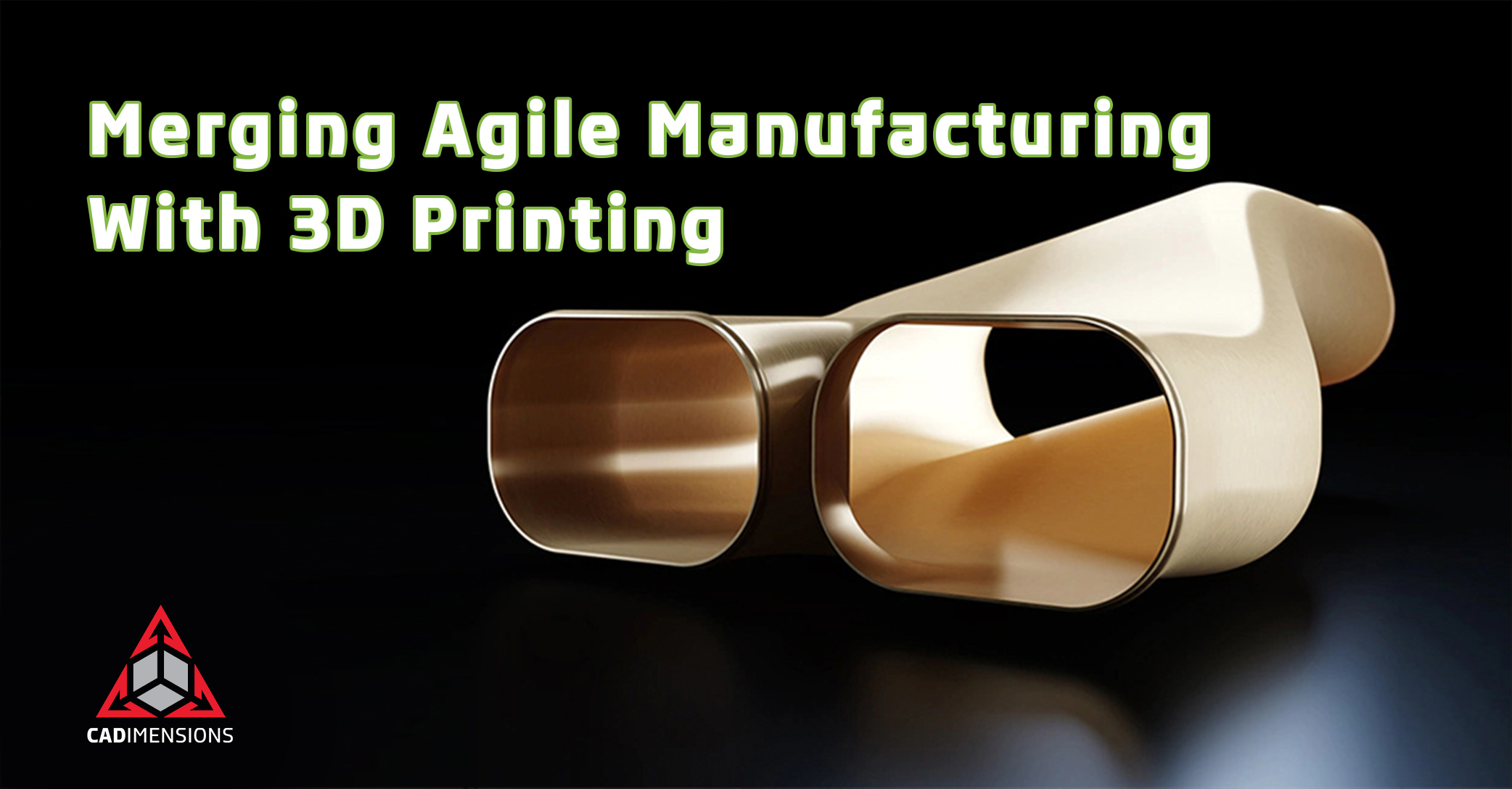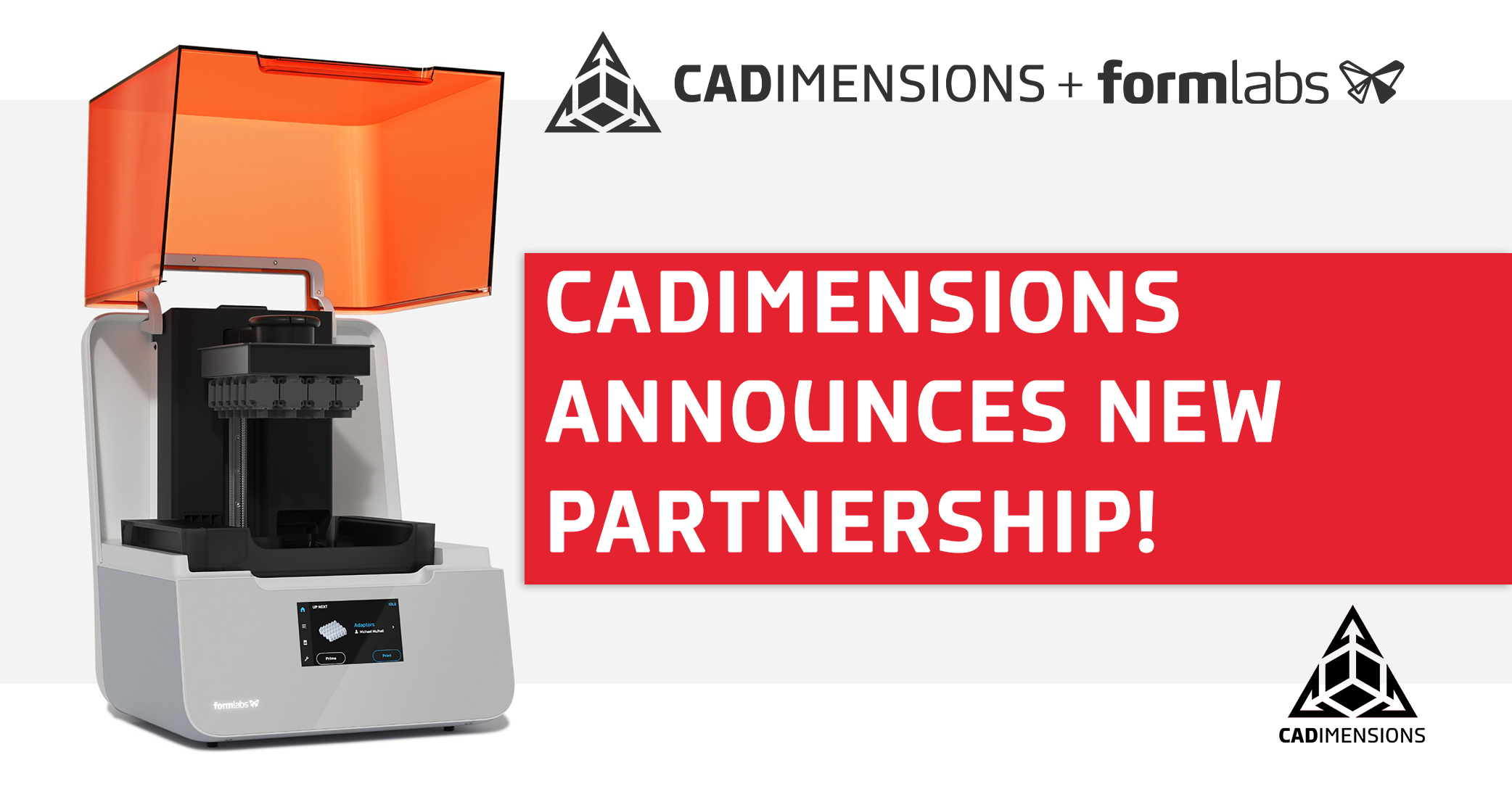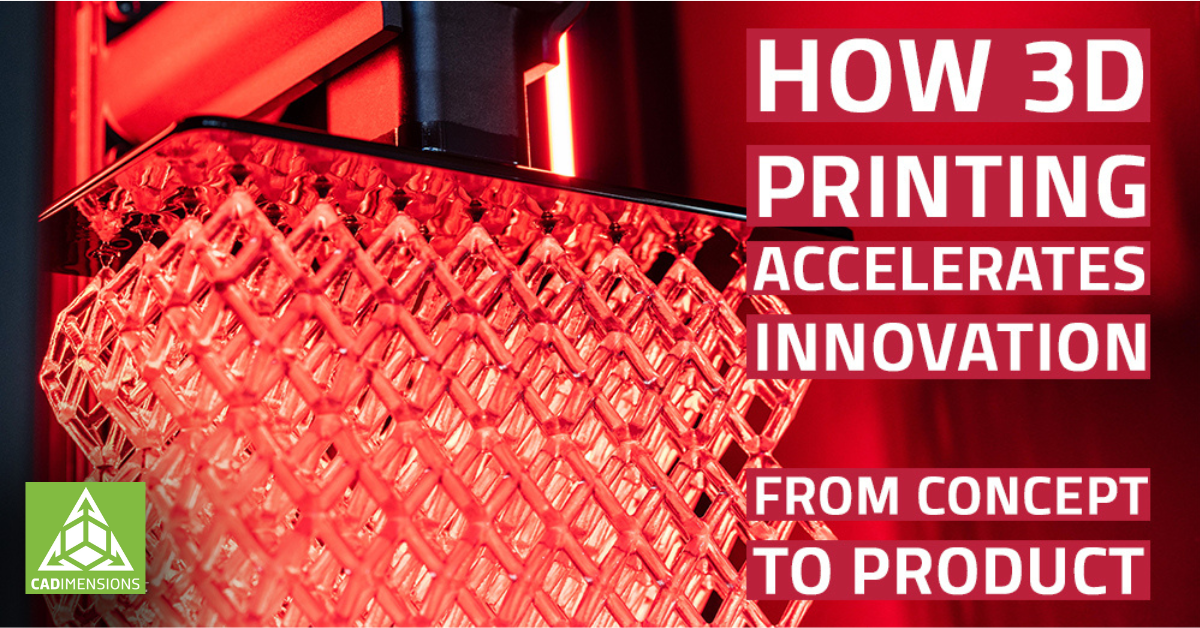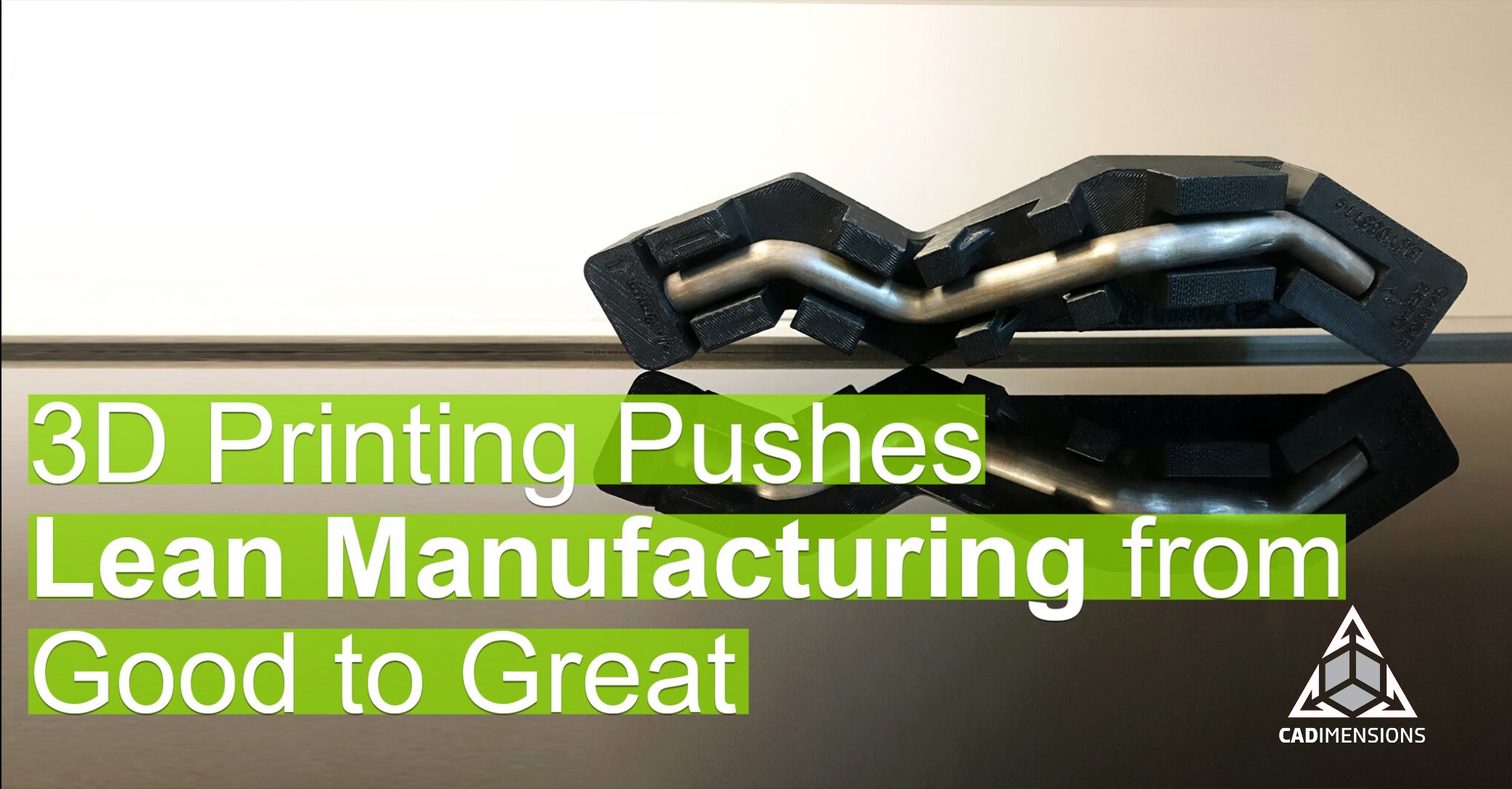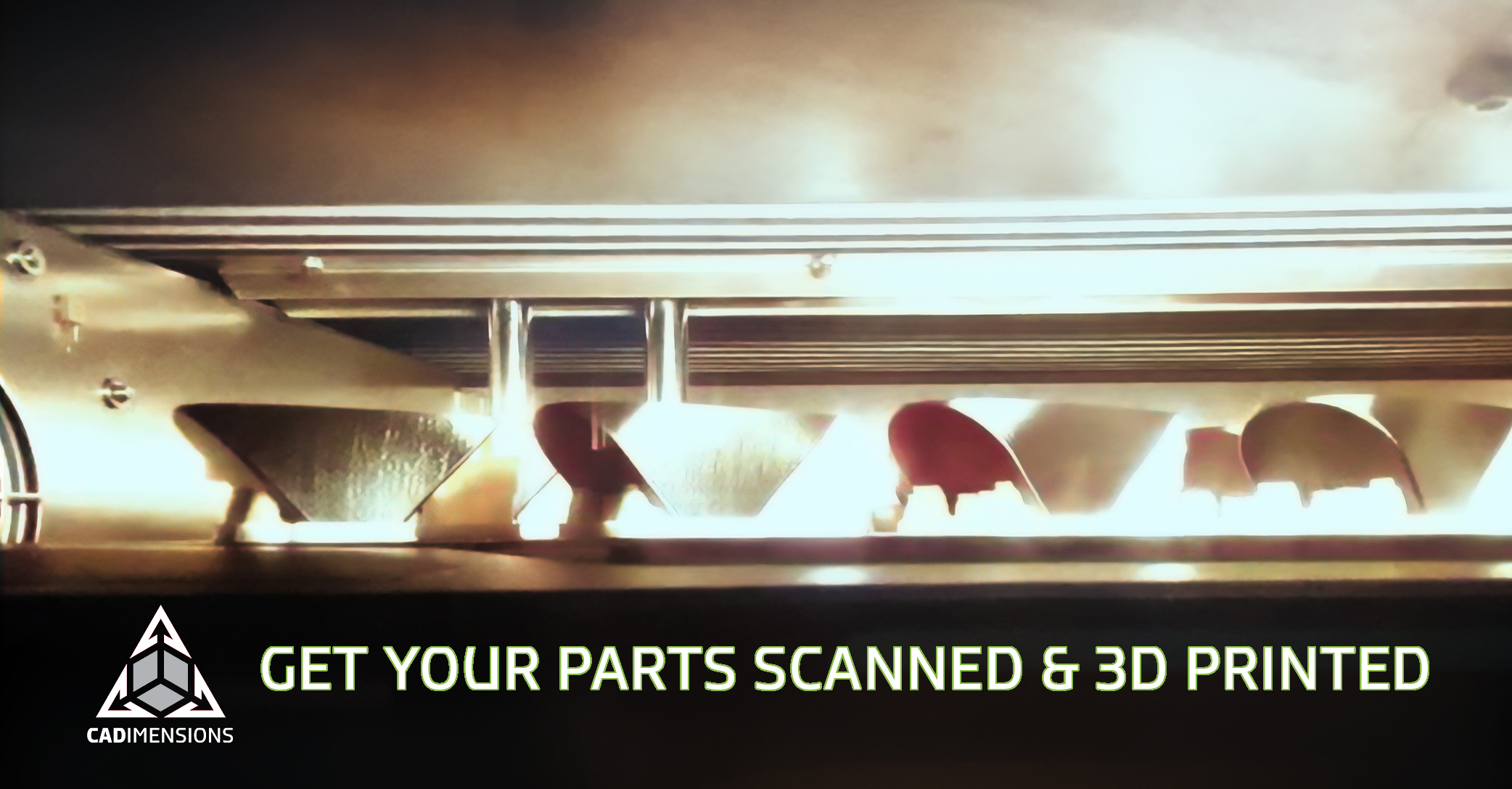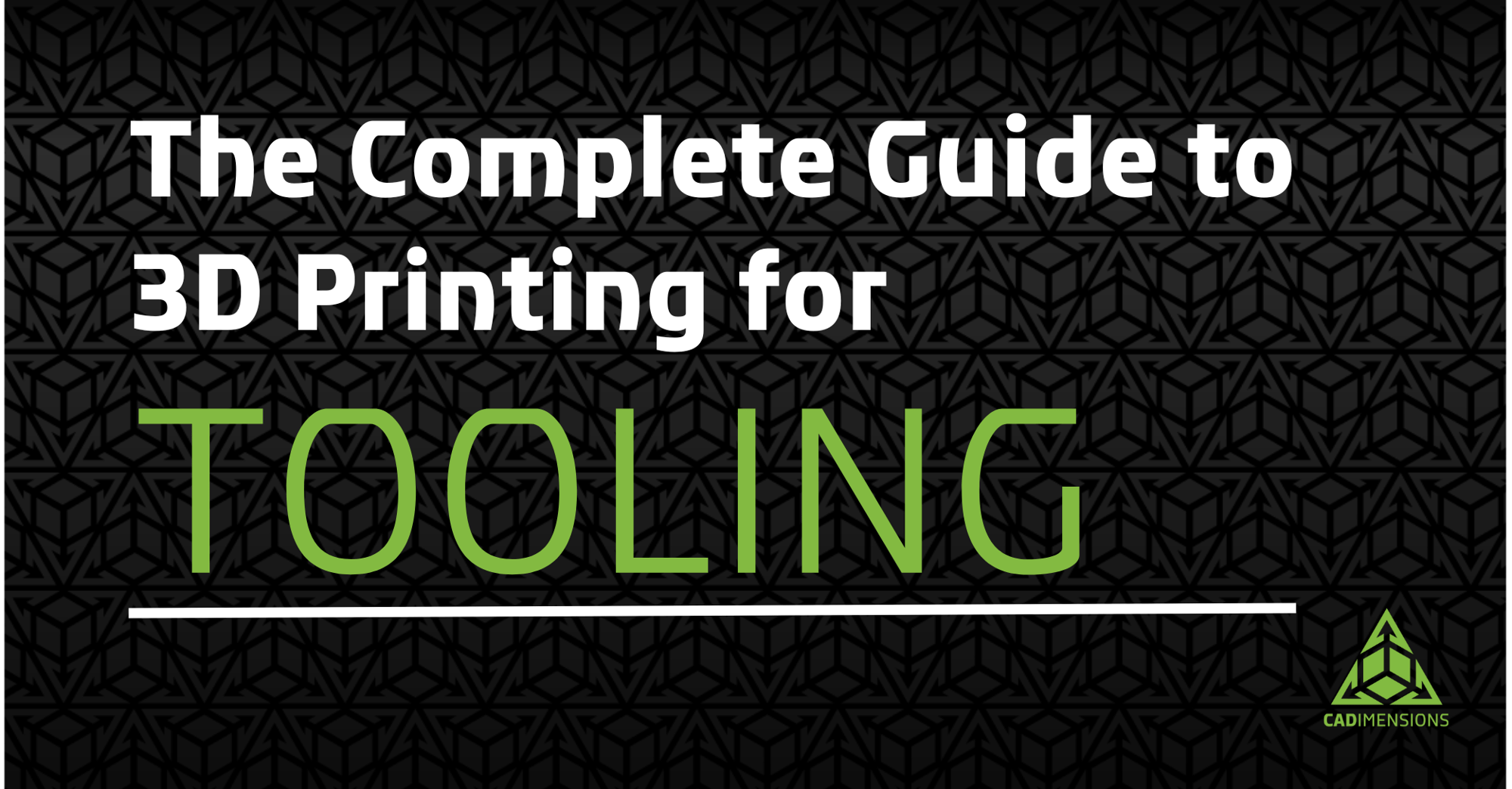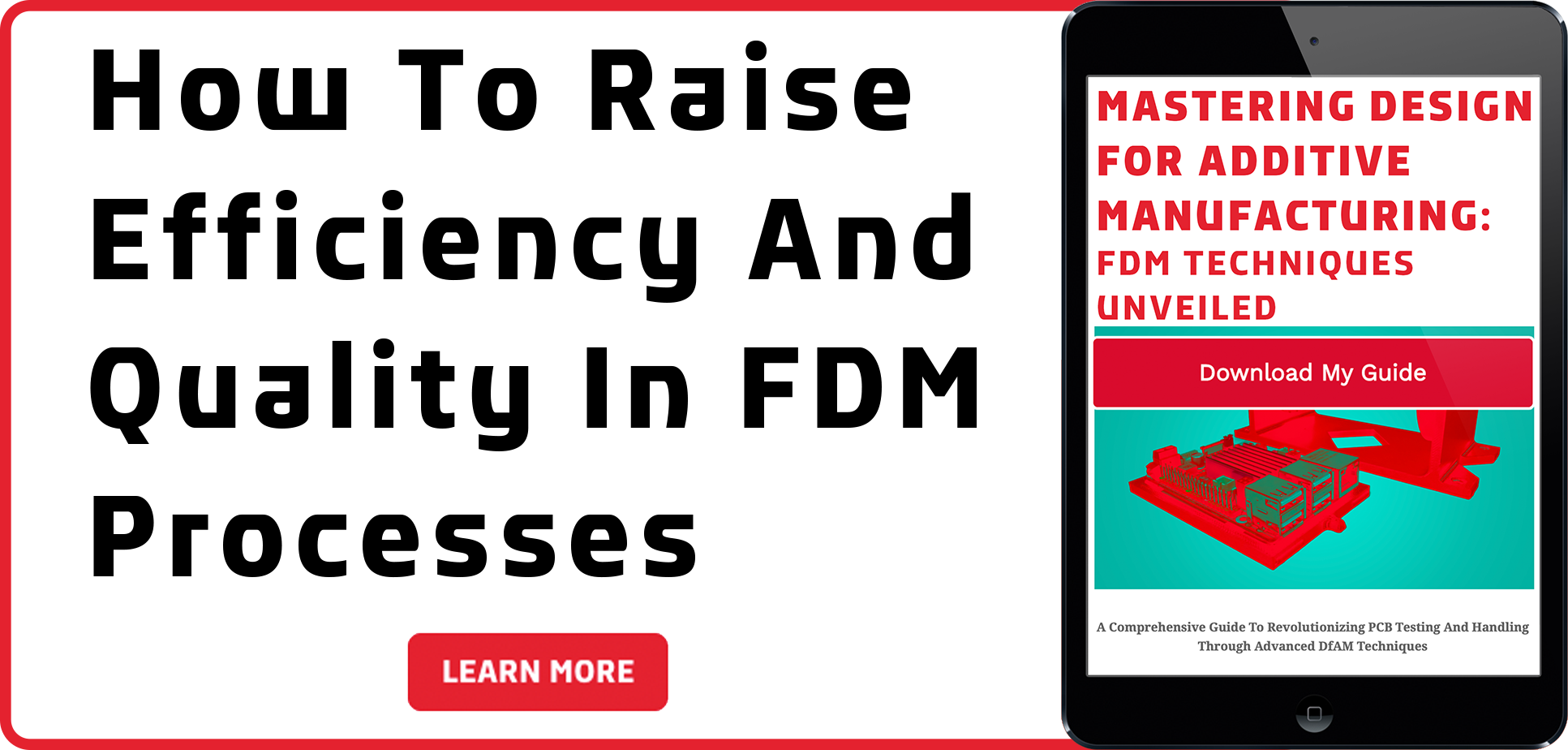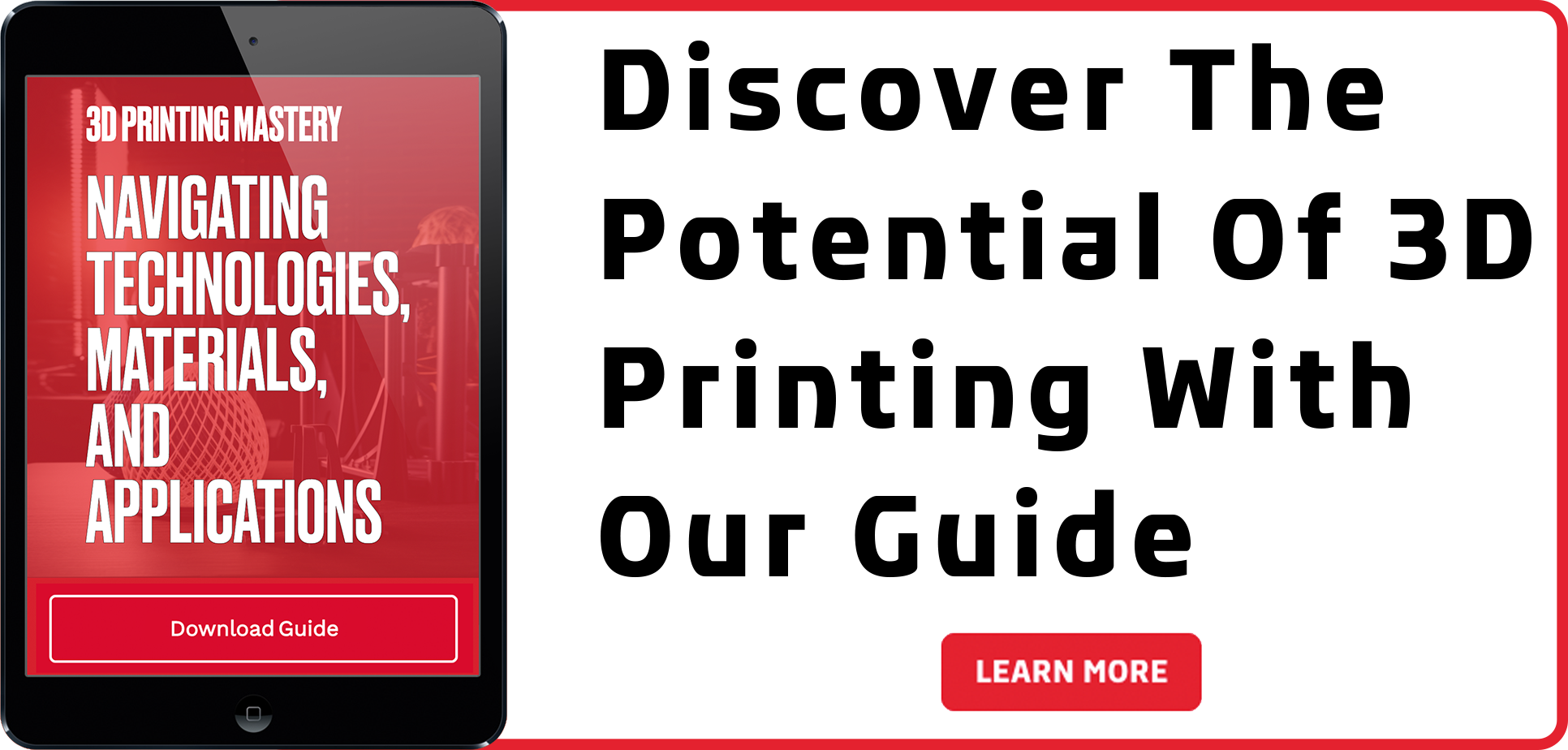Agile Manufacturing and 3D Printing
Agile Manufacturing Explained
Agile processes will prove invaluable, as their primary purpose is to adapt to increasingly difficult customer requests and problems. But that begs the question, “What is agile manufacturing, and is it right for my company?”
As businesses struggle to keep up with the ever-changing manufacturing landscape, they are seeking new technologies and solutions that provide greater visibility and control in their operations.
Call it what you will, but manufacturing is experiencing an era of change and acceleration. To remain at the top, companies must equip themselves with flexibility. This is where agile manufacturing comes into play.
No matter what niche your business is in, ask yourself a few questions. Is there a demand for personalized, quick delivery of a product you manufacture? Are there areas of your current manufacturing process that need a flexible edge?
What Is Agile Manufacturing?
Agile manufacturing is a methodology that places a sharp focus on flexibility, augmentation, rapid iteration, and bottom-up innovation to adapt to a changing manufacturing landscape.
Its entire foundation is based on providing a rapid response to the customer. Speed and agility are two competitive advantages reaped from this approach- along with personalization. Dell is a classic example, as they started out building custom computers to order and sent them out to customers.
In the fast-paced world, we live in, agile manufacturing is now necessary. This is partly due to constant technology development and a transforming workforce. But the reason why agile is so effective in the manufacturing industry is simple. It packs the hard realities of our modern marketplace into a process that becomes a competitive advantage.
Elements Of The Process
Agile manufacturing leans on four critical elements: modular product design, partnerships, knowledge, and information technology. Additionally, an agile process cycle looks like this: design, build, test, repeat. And each of those cycles is adapted from the last.
Consider how you might mitigate the current challenges at your organization with each of those elements along with the process iteration cycle.
Determining If Agile Is Right For Your Business
When you imagine what manufacturing might look like for your business, think of robotics or AI, workflow processes that are continually evolving, and teams equipped with the power to make autonomous decisions and collaborate.
Agile might be perfect for your business if you exist within a well-developed local market and are experiencing challenges with offshore production. Additionally, agile might be right for you if you value a knowledge culture.
You can never go wrong with the agile approach to manufacturing. We would even guess that it will become a standard in the near future- a practice that all organizations will utilize regardless of size or structure.
Merging Agile Manufacturing With 3D Printing
We’ve seen time and again where 3D printing brings about the biggest shift towards an agile future. 3D printing grants you unprecedented abilities to adapt to customer demands and/or remove supply chain concerns entirely. Nearly every path to Agile Manufacturing has 3D printing playing a role, some examples include:
- Reducing time to market
- Creating cost-effective but customized parts and products
- Greater control over part lead-times and less dependency on suppliers
From prototyping to custom production, 3D printing can serve a substantial role in agile manufacturing. That’s why CADimensions utilizes the flexibility of 3D printing to keep your cycle moving as fast as possible.
Our in-house 3D printers can pump out 5,000 parts or just one dynamic prototype. And our typical lead time can be as quick as three days. We work hard so that you can stay on your toes and be adaptable to your customer’s needs.

